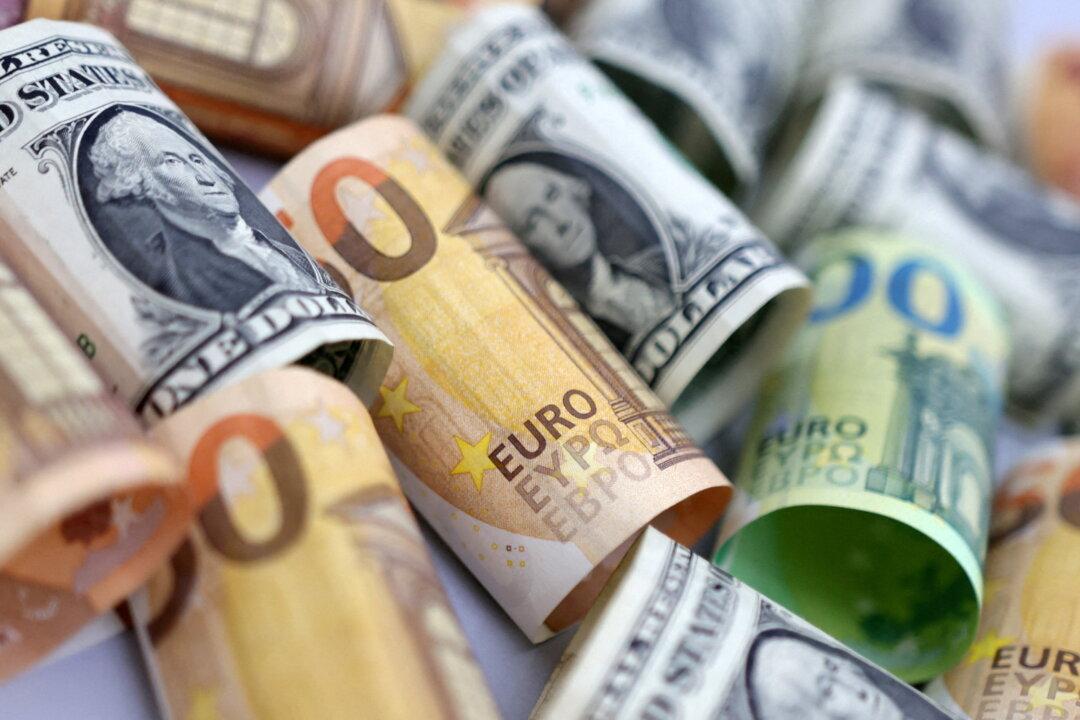LONDON—The U.S. dollar index edged lower on Tuesday but stuck close to levels reached this week in the wake of strong services data in the United States which fuelled expectations for higher interest rates than recently forecast.
The Australian dollar perked up from near one-week lows after the Reserve Bank of Australia (RBA) raised rates for the eighth time in as many months.





